5 Best Flowering Trees That Add Color To Your Yard
Here are our top picks for flowering trees to add the burst of color, beauty, and wow factor you're looking for—at springtime and beyond!
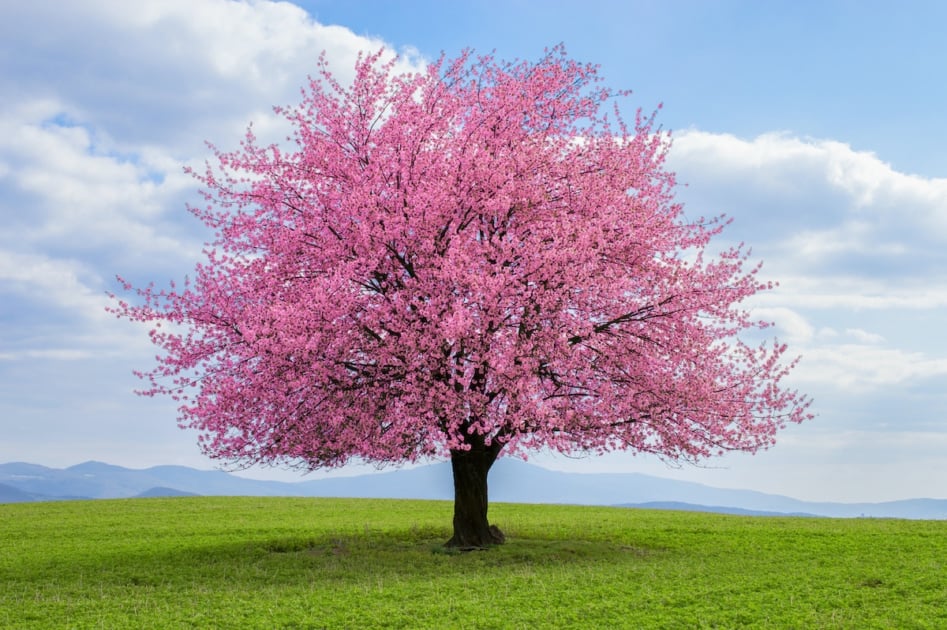
Landscaping isn’t just about annuals and perennials. Trees are part of it, too. Even in the winter, trees add a lot to the look of your yard. Think dark bark against snow-covered branches, adding a visually stunning presence even after the leaves are long gone. Flowering trees go a step farther, providing vibrant color when spring rolls around and, with some varieties, during autumn as well. Here are a few of our favorite flowering trees to spruce up your yard and add the burst of color you’re looking for.
Below is a list of deciduous flowering trees, meaning they’ll change with the seasons: first by flowering, then growing leaves, changing colors, and finally dropping leaves. We provide recommendations for planting times, but it’s important to remember to plant trees when they have enough time to establish roots before they’re exposed to stressors like high heat, low temperatures, or drought conditions.
Check which USDA hardiness zone you’re in!
1. Eastern Redbud – The “Judas Tree”
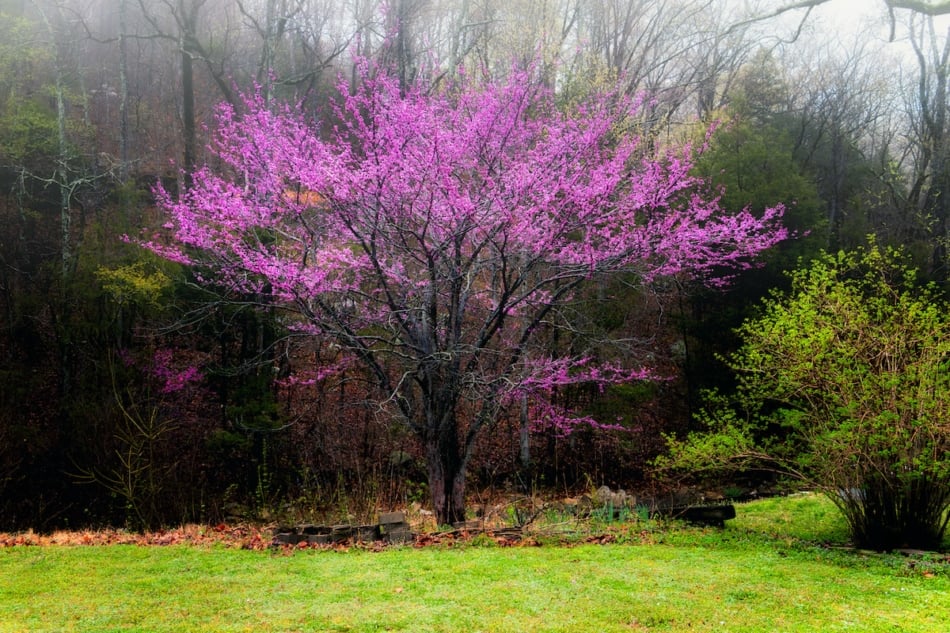
The eastern redbud, or Cercis canadensis, is a classic beauty. You’ll sometimes see it referred to as the “Judas tree,” because in biblical legend, Judas hanged himself from a redbud tree after betraying Christ. Legend holds that the blooms were originally all white, but turned bright pink with shame.
The flowers develop before the leaves in spring, emerging in clusters along the branches. By mid-summer the flowers are replaced by bean-like seed pods (legumes) that last through the winter. Redbud flowers are edible and loaded with vitamin C!
This particular species is native to North America, which is one reason why you’ll see dozens of these trees in bloom each spring. Another reason why it’s so popular is that it’s versatile enough to work as a street or lawn tree, or as an understory tree in a woodland setting, and they’re relatively trouble-free. They’ll grow to about 20 or 30 feet high, and thrive in hardiness zones 4 through 9. They prefer moist, rich soil and part shade.
Best time to plant: Spring is the best time for planting the Eastern redbud.
2. Flowering Dogwood – Beautiful Through The Seasons
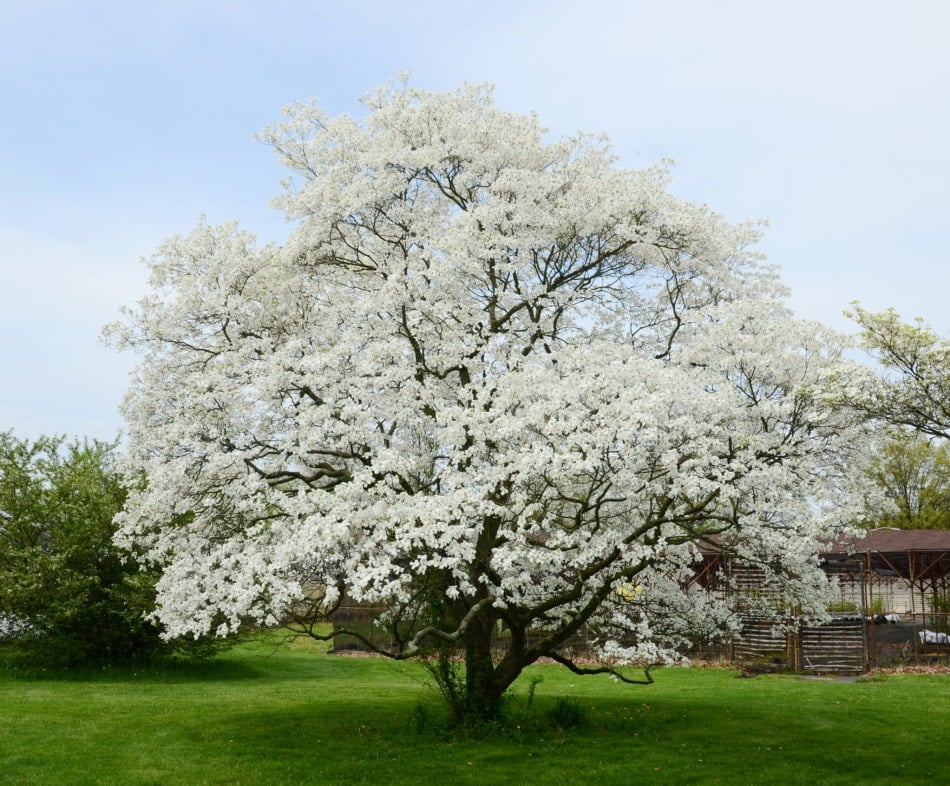
The dogwood is another flower-filled, North American native, best suited to hardiness zones 5 through 9, and there are lots of species to choose from. Some, like Cornus florida, produce bright pink blooms while others, like Cornus canadensis, bloom in white. Depending on the species, they can also produce berries, which are often red but can sometimes be gray or black. Those berries are where the name comes from—one description from colonial America says that while the fruits are pretty, they weren’t fit for a dog.
These trees will grow up to about 30 feet, and each spring, they’ll bloom in a profusion of flowers. Fall is almost as much of a treat with the flowering dogwood—the leaves usually turn a beautiful deep shade of red. Dogwoods are easy to care for, and prefer moist, rich soil and partial shade during warmer months.
Best time to plant: Spring is the most popular time to plant dogwoods, but you can also plant in late fall when the trees become dormant.
3. Saucer Magnolia – Big, Bold Blooms
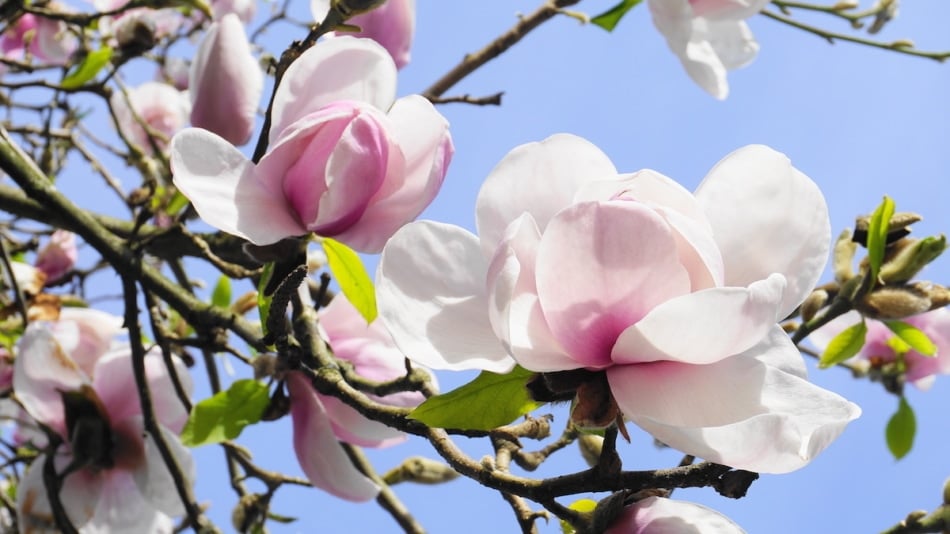
Saucer magnolia, Magnolia x soulangeana, might be what your yard needs if you want a flowering tree that catches the eye of everyone in your neighborhood. These trees positively explode each spring with large three to four-inch pink flowers—a name that perfectly describes their huge, saucer-shaped flowers. Depending on the amount of space you have, you can grow a magnolia as a large shrub or a small tree that will top out around 30 feet. Magnolias like part shade and loamy soil. To ensure it blooms each year, you may need to protect it from a late frost if newly emerged buds are in danger of freezing. Saucer magnolias are hardy in zones 4 through 9.
Best time to plant: Deciduous magnolias are best planted when dormant—in late fall or winter in warm climates, and early spring in cold climates.
4. Cherry Trees – Classic Spring Beauties
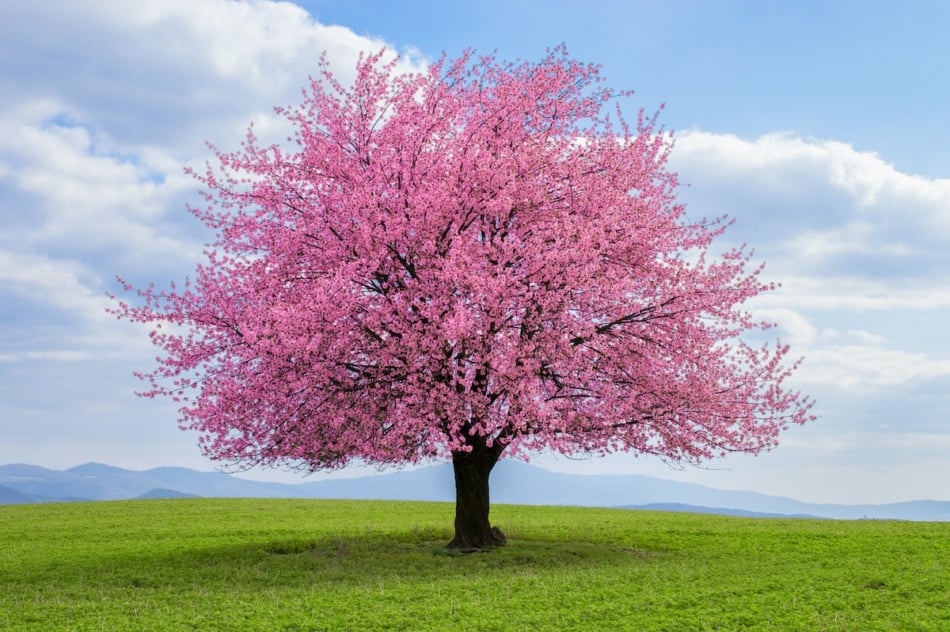
If you’re thinking about adding a cherry tree to your yard, there are many to choose from, both fruiting and ornamental varieties, both of which produce beautiful cherry blossoms. Ornamental cherry trees are a central part of the worship of nature in Japan.
These flowering trees have a lot to offer as landscape trees. Among ornamental cherries, Kwanzan (Prunus serrulate ‘kanzan‘) and Yoshino (Prunus x yedoensis) are good choices. Kwanzan grows to about 30 feet with beautiful pink blooms, and the Yoshino cherry trees grow a bit bigger—up to 40 feet. There are also weeping cherry trees like Prunus subhirtella ‘pendula’ to consider if you like the look of cascading cherry blossoms.
Depending on the species, these trees do well between zones 4 through 8 while some, like the Kwanzan and Yoshino, grow in zones 5 through 8. Keep in mind that most cherry trees can be a bit fragile against strong winds, so you may want to plant them in a sheltered spot.
Best time to plant: Early fall is the best planting time for flowering cherry trees. If you have one growing in a container, you can plant it in the fall or after the last spring frost.
5. Common Hawthorn – Three Looks In One
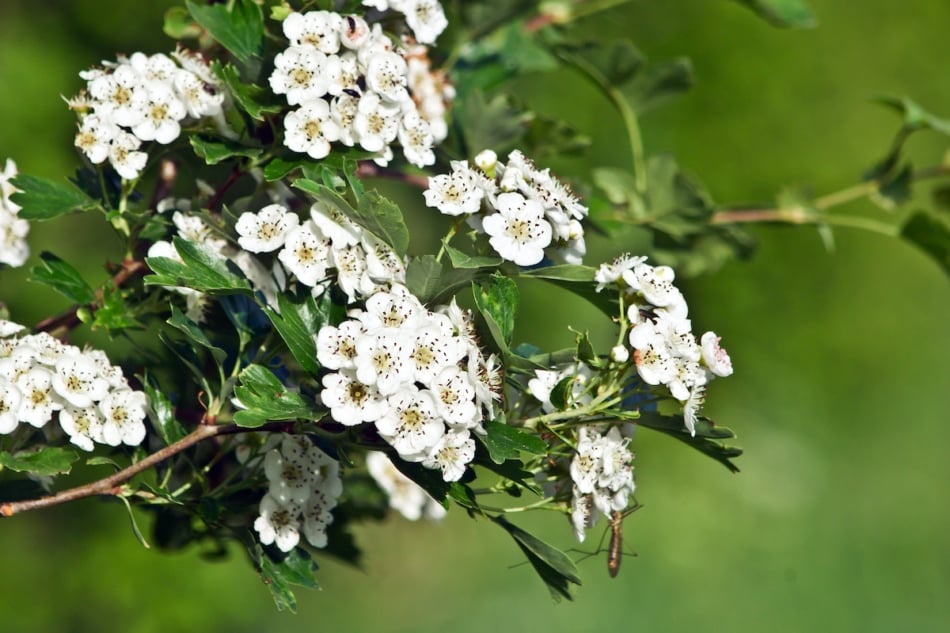
If there’s one flowering tree that doesn’t get enough attention, it’s the common hawthorn (Crataegus monogyna). Gaelic folklore associates these trees with fairies, saying that they mark entrances to the otherworld. In the spring, hawthorns bloom with lots of clusters of white flowers, summer gives you beautiful dark green foliage, and in the fall, small red hawthorn berries appear—three looks in one! The common hawthorn is a good choice because it is resistant to many of the diseases that other types of hawthorn are prone to. This particular hawthorn likes full sun in zones 4 through 9.
Best time to plant: Plant bare-root trees in the spring, and container-grown trees can be planted in spring or fall.
If you have the space, trees are an essential part of your landscape. These flowering favorites will give you lots of color in the spring plus a little bit of shade and pretty fall foliage, too.

Amber Kanuckel
Amber Kanuckel is a freelance writer from rural Ohio who loves all things outdoors. She specializes in home, garden, environmental, and green living topics.




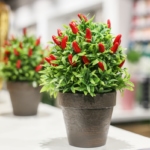

I am new to zone 3 and sad to see all of these are zone 4 and above. Anyone know of any pretty trees hardy in zone 3 (northern Wisconsin)
Wish we could print these like we can on our daily Almanac emails.
Hi Nancy, you can print the email newsletter and any articles by selecting PRINT from your browser’s FILE menu at the top.